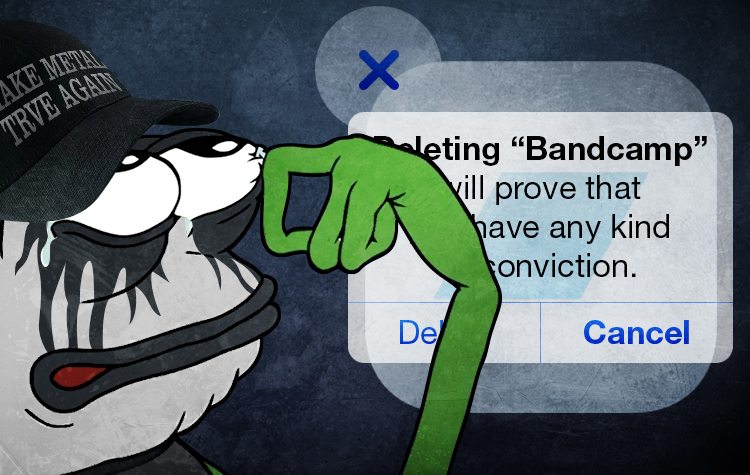

An artist who has a track listed at $1 – or approximately £0.72 – will receive about £0.59 for each sale. Bandcamp takes 10-15 per cent per sale, and payment processor fees are typically between 1 and 5 per cent of each purchase, leaving the artist or label with an average of 82 per cent per sale. “We’ve built our business around a model that puts the artist first,” its mission statement reads. “It makes you feel like you’re actually communicating with people and not just chasing abstract metrics,” said Doyle, who has continued to use Bandcamp to share his alternative art-pop, listing albums and EPs available for download.īandcamp – which was founded in 2008 and has its headquarters in Oakland, California – is an online marketplace for artists and labels. So it felt good to be instantly like, ‘I’ve made this music, I’m going to upload it, and then it’s available to everyone’.”īandcamp reminded Doyle of MySpace, the social networking service that, in the mid-Noughties, was instrumental in launching the careers of many musicians, providing an easy way for them to connect to listeners. “There’d always been a rigmarole to putting things out before. “It was a nice, positive first use of Bandcamp,” Doyle told me. Doyle uploaded an instrumental album, The Dream Derealised, under his own name, and chose to donate all the money he earned from it to the mental health charity Mind. He had previously released two electronic albums on the major indie label XL under the name East India Youth, but decided to call time on the project.

William Doyle first uploaded music to Bandcamp in November 2016.


 0 kommentar(er)
0 kommentar(er)
